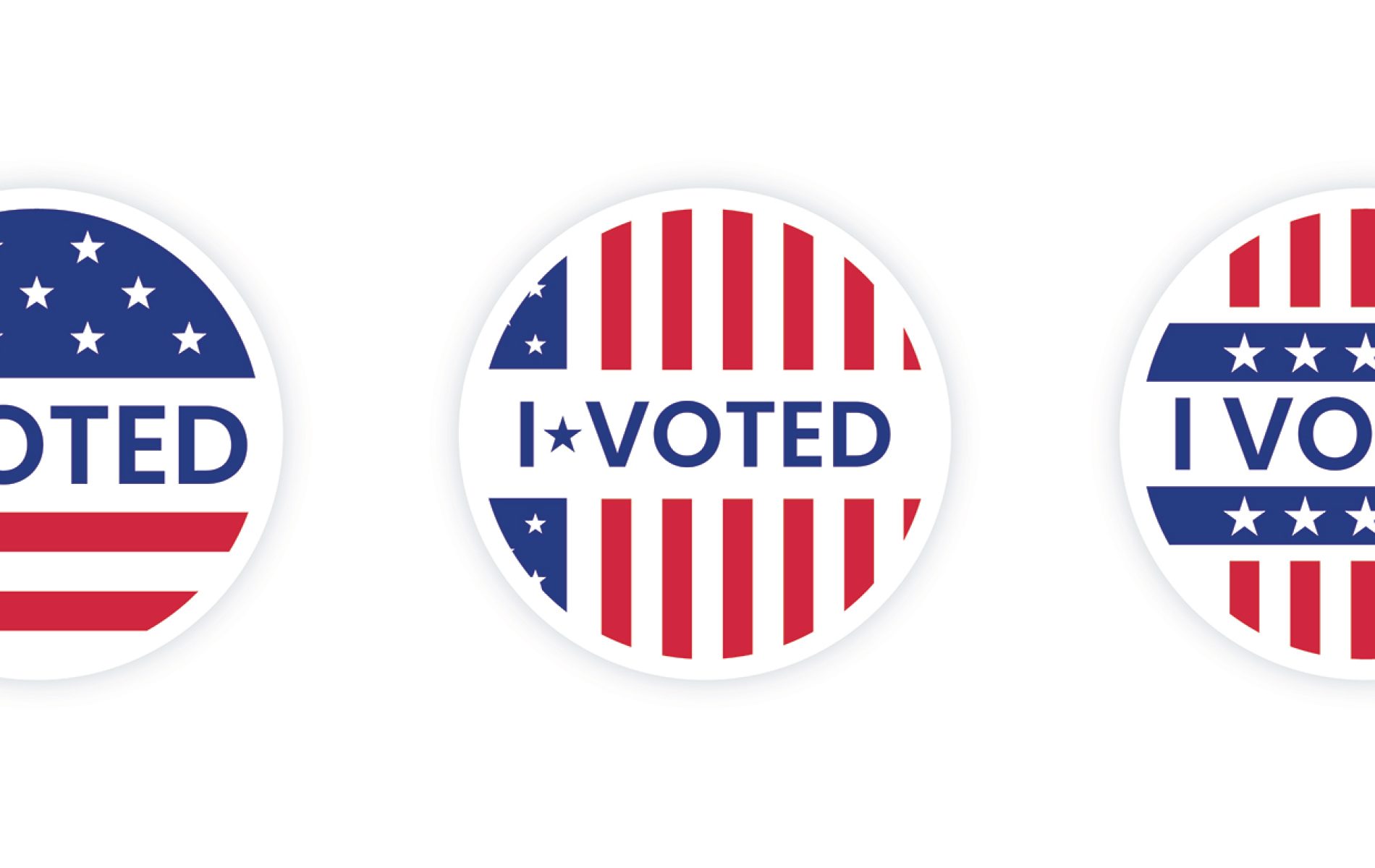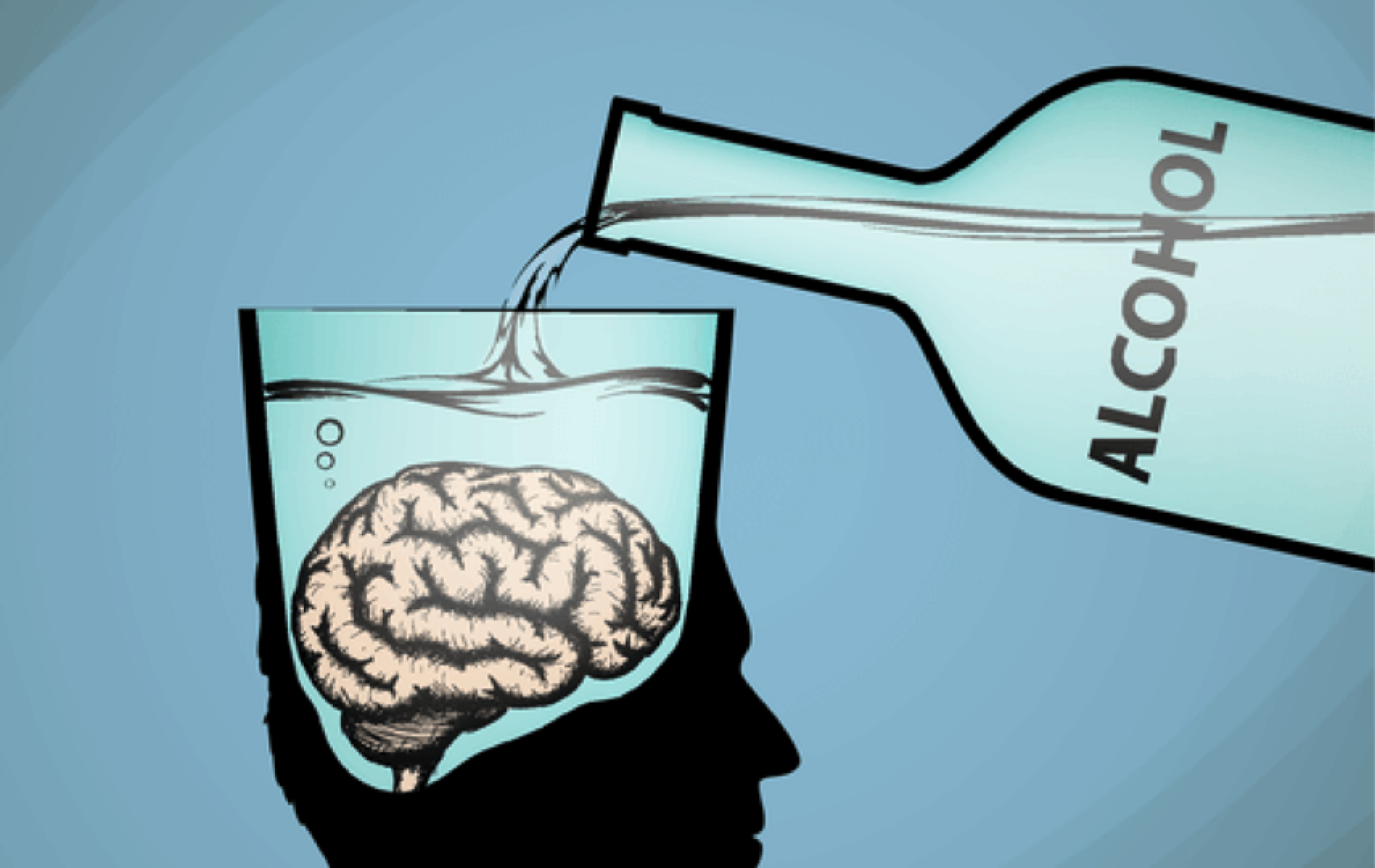Many biological predispositions exist for anxiety and depression. Mood and anxiety disorders are among the most common types of mental disorders. These conditions are debilitating and are associated with considerable costs at an economic, societal, and personal level.
Common treatment options for such disorders include pharmacotherapy and psychotherapy. But new research shows that medications for anxiety, depression, and related symptoms such as insomnia are only slightly more effective than placebo treatments. Additionally, not all patients respond positively to pharmacotherapy or psychotherapy and often experience unpleasant side effects.
The good news is there are other treatment options that can be quite effective, such as biofeedback. Biofeedback is a non-invasive treatment technique that helps patients get feedback from how their body or brain is functioning and then use that information to improve their body or brain function. In biofeedback therapy, a person’s psychophysiological state is captured by specials sensors that measure heart rate, respiration, blood pressure, or brain activity. With the patient receives this information, he/she can then try to change his/her heart rate, breathing rate, blood pressure, or brain activity.
For example, a biofeedback device can show that your heart rate races at 100; then you can take deep breaths for 10-15 minutes, and your heart rate gradually falls to 80-90. If you do this exercise twice a day for two months, your baseline heart rate becomes calmer – even when you are not trying to focus on breathing slowly. Such treatment can over time improve your blood pressure and reduce your risk for heart attacks and strokes.

Neurofeedback Therapy
A specific type of biofeedback is neurofeedback therapy or Neurotherapy. Neurofeedback is a research-based intervention that can improve your brain function through brain training exercises.

Your brain cells can become overactive when you are anxious or stressed out. But your brain can “learn” to calm down if you were to receive input about how overactive your brain is (just as you can appreciate how fast your heart is racing if you were to have a device that measures your pulse). The electrical activity of your brain (known as “brain waves”) can be measured by sensors placed on your head (similar to EKG sensors that are used to measure heart activity). Neurofeedback trains a patient’s brain to improve the brainwave patterns by way of computer technology. The feedback is administered to the patient in real-time, by using video images or by using sounds. Neurofeedback can lead to behavioral changes for relaxation and better mood.
Brain science has proven that repetitive exercise of brain networks, such as that involved with neurofeedback, has the ability to reshape the brain. It helps to optimize brain wave patterns while enhancing connections between neurons and networks. Neurofeedback therapy also improves the parasympathetic nervous system while slowing blood pressure and heart rate. After 20-60 sessions of neurofeedback, many patients experience a reduction of their anxiety and depression symptoms.
Neurofeedback for Depression and Anxiety
A great deal of scientific evidence in the past 30 years has provided evidence for the effectiveness of neurofeedback as a treatment modality for anxiety and depression. In each study, anxiety and/or depression were reduced after neurofeedback training was administered for three months.
One method for reducing anxiety with neurofeedback has been shown in a publication in Psychotherapy and Psychosomatics. Deficient emotion regulation can be a marker for anxiety. These deficits are closely linked to impaired prefrontal regulatory control (the “logical parts of the brain) over the amygdala, a part of the brain that is tightly linked with emotions such as anxiety. Thankfully this impairment is sensitive to treatment with neurofeedback which leads to a reduction in symptoms of anxiety.
Numerous studies have shown that a person’s mood is positive when the left frontal area of the brain is more active than the right frontal region – and that the mood is poor when the right is more active than the left. Neurofeedback therapy uses this established finding to treat depression. According to multiple controlled studies, the mood was improved when the left front side of the brain was trained to be more active than the right by way of neurofeedback therapy.
A study by Dr. Majid Fotuhi and his colleagues showed that neurofeedback therapy, especially when combined with another form of biofeedback that involved breathing slowly (called Heart Rate Variability training) can be quite effective for reducing symptoms of both anxiety and depression. They performed an assessment with the Achenbach System of Empirically Based Assessment (ASEBA) symptom checklist. 183 of the 334 clients had abnormal scores for depression, anxiety, or both. During the study, clients experienced substantial improvement after 30 sessions of neurofeedback and heart rate variability training. More importantly, many of the clients fell into the normal group after treatment. And for clients who exemplified the most severe symptoms of anxiety and depression, 57.1% of those with severe anxiety and 45.8% of those with severe depression fell into the normal group after treatment.
Evidence from many other studies in recent years continues to show that neurofeedback is a viable treatment option for patients who suffer from anxiety, depression, and related symptoms such as poor sleep, difficulty with attention, and brain fog. Click here for more information on neurofeedback services at NeuroGrow.
This blog is written by Mrs. Courtney Cosby and edited by Dr. Majid Fotuhi.



